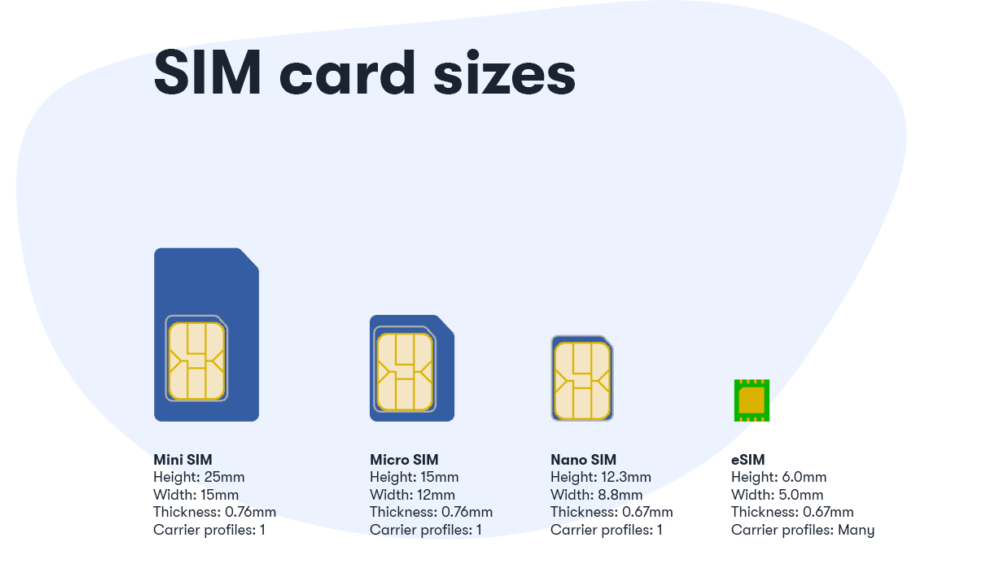29 August, KATHMANDU : ESIMs give users much more flexibility in managing both data and voice services
Nepal Telecom’s technical team which makes up a small community of users piloting eSIM for the last 3-4 months is upbeat in the run-up to “mid-September” as the state-controlled company plans to launch the latest telecom technology, eSIM or embedded SIM.
Nepal Telecom signed an agreement with Monty UK Global Limited to provide an eSIM platform back in April 2022.
What is an eSIM?

An eSIM is a tiny chip three times smaller than a nano SIM currently in use.
The eSIM is an inbuilt, remotely reprogrammable SIM. An eSIM subscriber can switch from one service provider to another almost instantly – with just a few clicks, without having to remove a SIM card and insert the other. Mobile phone users wanting to subscribe to eSIM will not have to make a visit to the service the provider to subscribe to the eSIM service. An eSIM is such tiny that it can be packed into small devices, including smartwatches.
ESIM fitted drones can fly far and wide – unlike drones which need to be connected to a mobile phone or Wi-Fi – and can also live-stream videos independently.
The original drive towards eSIM can be credited to what is also known as IoT – Internet of Things – devices.
Five years down road since Google launched its Pixel phone in 2017, eSIMs have steadily become a thing to possess. Apple followed the suit in 2018 with the launch of the iPhone Xs. In the subsequent years, the world’s leading phone manufacturers started to slot an eSIM in smart phones to create space for packing new technology or slightly bigger batteries.
This new technology later started coming into smartwatches and now with 5G technology being widely adopted, eSIM is the way to enable IoT.
Advantages

Besides saving a small space in the phone for a larger capacity battery, eSIM has other benefits as well.
NTC’s Deputy Spokesperson Ranjeet Lohiya said: “Subscribers can quickly load the service without even visiting our office and without needing to insert the chip manually. It just takes a few clicks in the software or the Nepal Telecom website.”
Lohiya added: “The benefit is unparalleled, specially for those who have to travel abroad often.One can swap between Nepali SIM and a foreign SIM in a few minutes even before the flights touch down.”
ESIMs give users much more flexibility in managing both data and voice services. That means mobile users using 3G or 4G data and voice service on an NTC SIM can switch to Ncell or vice-versa, if their handsets support an eSIM.
There is a minor disadvantage, though: The device remains tracked all the time and the subscribers cannot simply pull the SIM out to stop being tracked.
eSIM tech

Not all devices currently being used by mobile users or in supply in the market support eSIM. Currently, Google Pixel 2 and higher, iPhone XS, iPhone XS Max, or iPhone XR, or later, and Samsung Galaxy S20 or later (including foldables) support the eSIM tech. Some Huawei and Oppo devices also support eSIM.
There are few laptop manufacturers that have put eSIMs capability in them. A few models from Microsoft, Acer, HP, Lenovo and Samsung support eSIMs.
New and latest models of Samsung, Apple, Huawei and Oppo smart watches come with eSIM.
Lohiya added: “Higher-end newer generations of phones already have this technology enabled and the devices supporting eSIM will only get bigger.
From a user experience point of view, Lohiya said: “You don’t experience any difference in the tech itself because eSIM utilises the same telecom infrastructure.”
“In fact, once connected to the network you won’t notice a difference.”








